Astrophysics of diffuse matter
Diffuse matter in galaxies condenses to form stars in very intricate ways.
Observations of interstellar gas and dust reveal a very diluted, dynamical and out-of-equilibrium medium. Understanding how stars can form out of it remains a challenging tasks as it involves a complex multi-process and multi-scale physics.
This quest requires observations across the electro-magnetic spectrum coupled with elaborate numerical experiments and inventive data analysis techniques. With my collaborators, and in particular at the Interstellar Institute, I am engaged in a collective journey to establish a global understanding of the evolution of diffuse matter in galaxies.
Specifically I work on the formation of structures. I study the multi-phase interstellar medium and how it is shaped through turbulence, dynamical and thermal instabilities, magnetic field, and feedback. I use various observational probes and numerical simulations.
For more about my scientific research work see my
research highlights
and my full list of publications
Keywords : interstellar dust, Galactic cirrus, molecular clouds, HI - 21cm, Galactic foregrounds, Galactic halo, data processing, turbulence, multi-phase ISM, magnetic field, radio astronomy
Collaborations
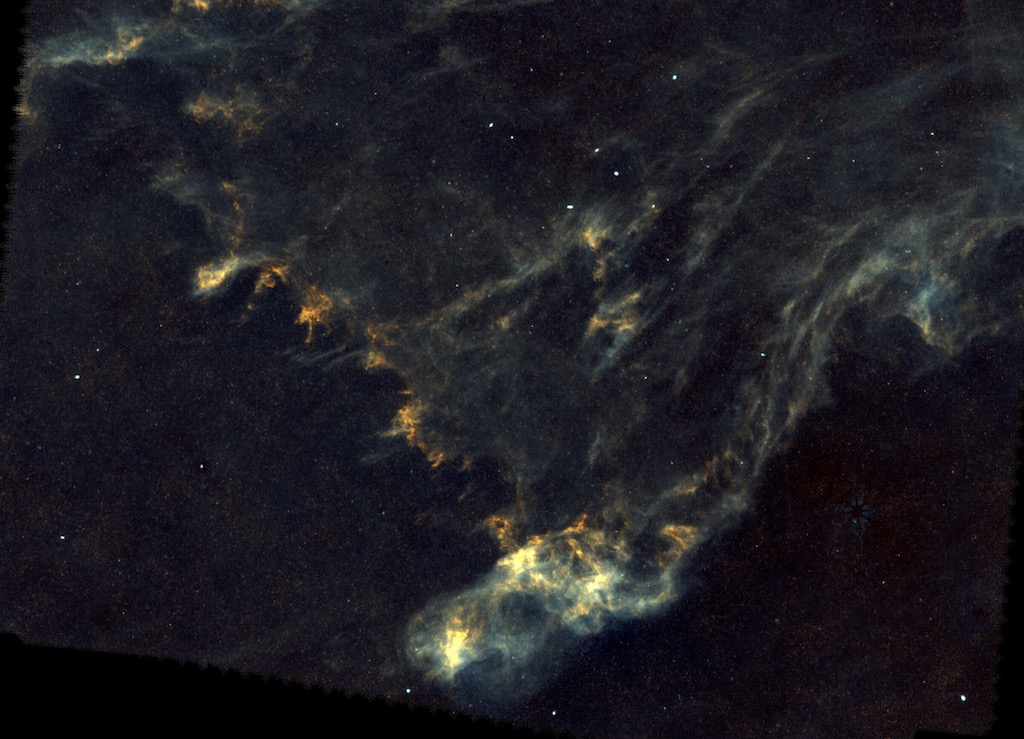
Astrophysics at École Normale Supérieure
In the Laboratoire de Physique de l'École Normale Supérieure in Paris, France I am part of the Astrophysics team where I work closely with Frances Buckland-Willis (analysis of 21 cm data of the Magellanic Clouds obtained with the ASKAP interferometer), Andrea Bracco and Jack Bérat (study of magnetised, thermally bi-stable turbulence by comparing LOFAR observations of Galactic cirrus with numerical simulations).
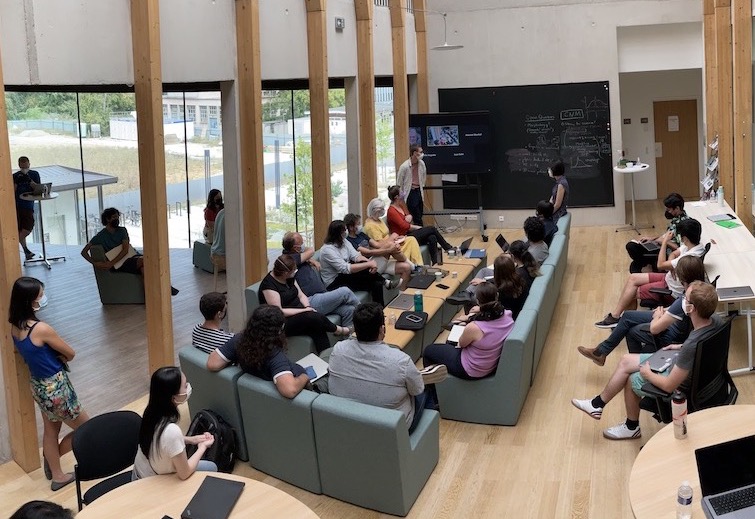
Interstellar Institute
I am the co-founder and director of the Interstellar Institute, an International Research Network of the CNRS. Its main goal is to foster new collaborations on the physics of the interstellar medium, through yearly month long meetings held at Institut Pascal in Université Paris-Saclay, France. More details at interstellarinstitute.org.
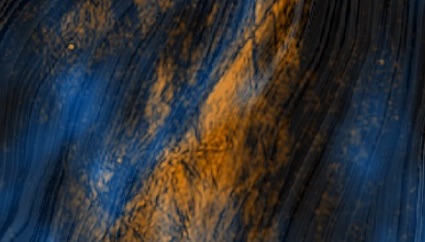
Hyperstars
I am the leader of the Hyperstars collaboration, a small group of experts in astrophysics and data science in the Paris-Saclay area. This collaboration aims at using data science tools to address data analysis problems specific to astrophysics: segmentation of hyper-spectral data-cubes, comparing complex data and numerical simulations using machine learning. More details at hyperstars.fr.
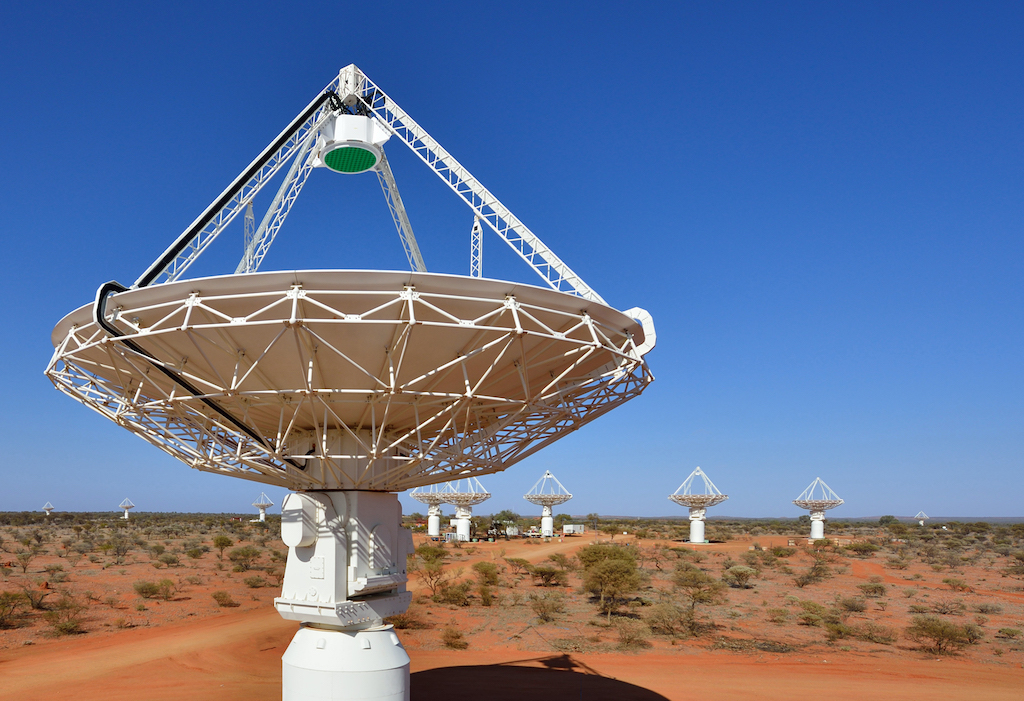
GASKAP
I am a member of the GASKAP collaboration, a ASKAP Pilot Project dedicated to the observation of the Galactic plane and the Magellanic system at 21 cm (emission and absorption).
Resources
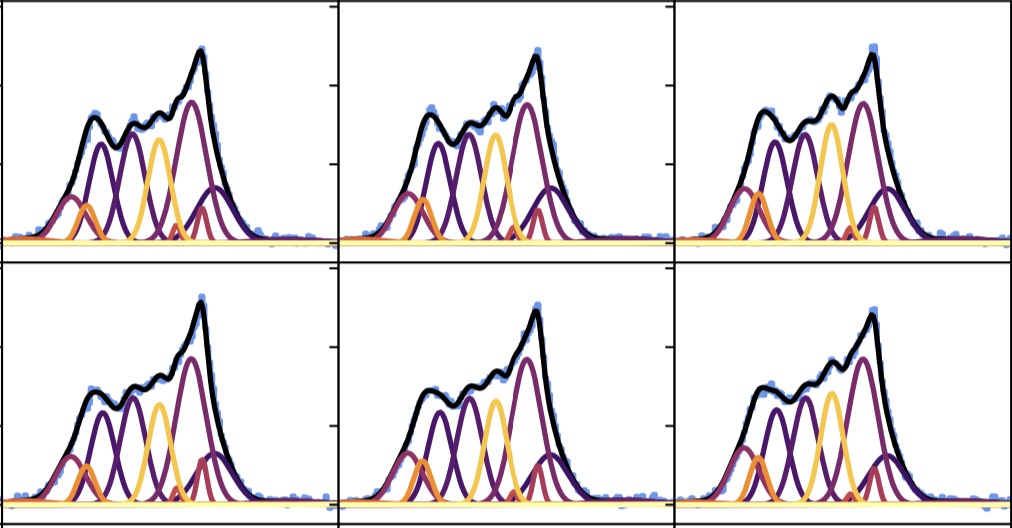
ROHSA
ROHSA is a Gaussian decomposition code with spatial regularisation. It was developed to achieve the HI phase separation from 21 cm emission but the generic algorithm is adapted to any decomposition of hyper-spectral data cubes of line emission. It has been applied to atomic, molecular and even PAH emission lines data cubes. ROHSA is an open source code available here and described in Marchal et al. (2019).
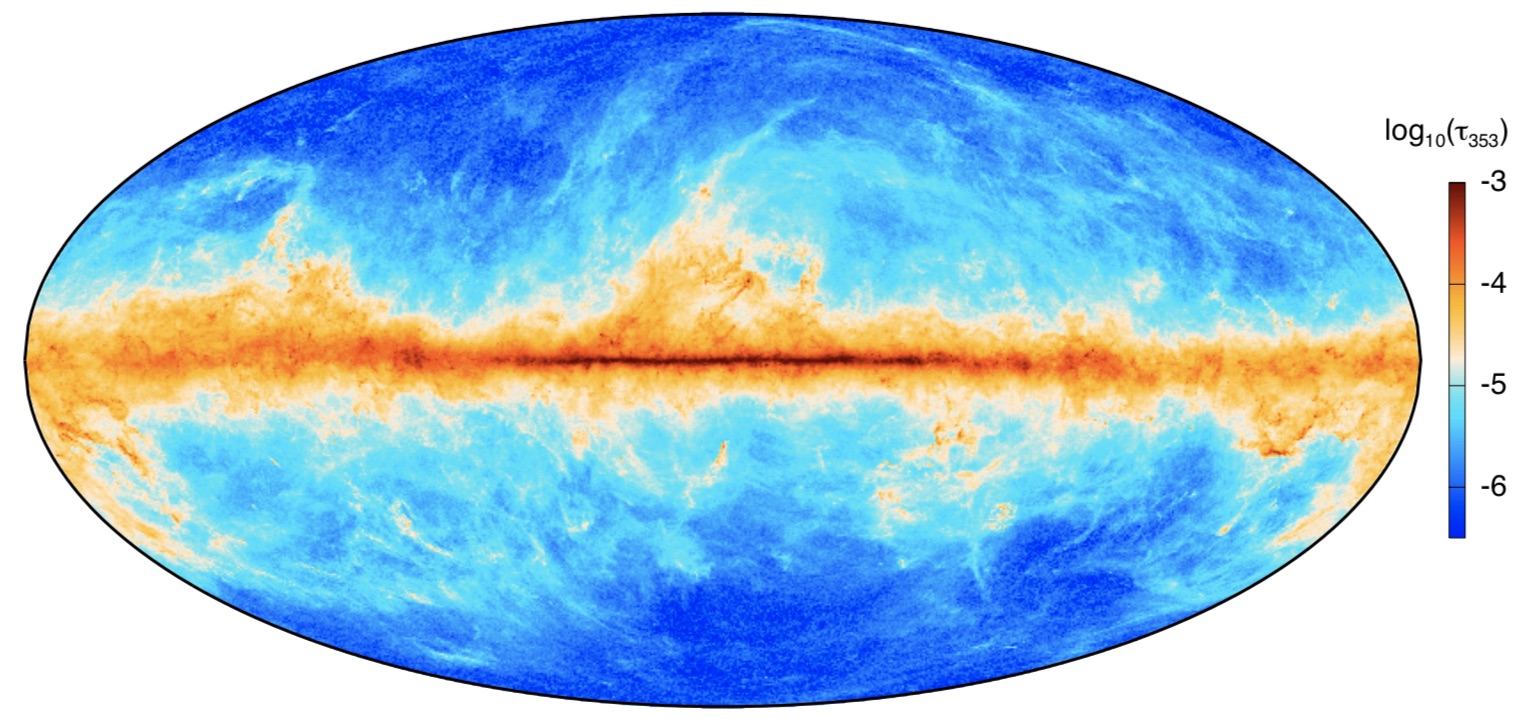
Planck all-sky dust model
Here you can find the products delivered by the Planck collaboration described in Planck Collaboration (2014) - All-Sky Model of Thermal Dust Emission for which I was the corresponding author. The products included are the all-sky maps of dust optical depth at 353 GHz (850 micron), dust temperature, dust spectral index, Radiance and our estimate of dust extinction, E(B-V), for extra-galactic studies.
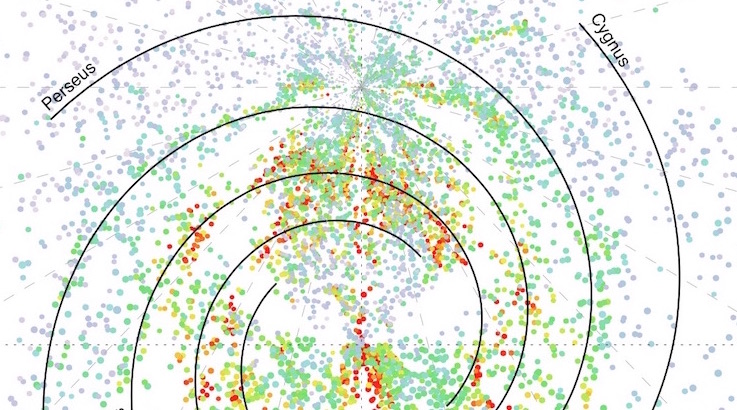
Molecular clouds catalog
This page contains products related to the analysis of the 12CO Dame et al. (2001) data presented in Miville-Deschênes, Murray & Lee (2017). This repository contains the published catalog (corrected for a small astrometry error) augmented by other products including the whole set of Gaussians allowing to reconstruct the data cube for individual clouds.

Planck magnetic field images
Planck provided us with the first all-sky mapping of dust polarised emission at 353 GHz (850 micron). Here you will find the first representation of these data using the Line Integral Convolution (LIC) method that I have developed. This technique, well known in other fields, introduced a new way of looking at the interstellar magnetic field orientation projected on the plane of the sky.

IRIS: A New Generation of IRAS Maps
In the early 1980s the IRAS satellite observed the sky in four infrared bands (12, 25, 60 and 100 micron). In Miville-Deschênes & Lagache (2005) we reprocessed the whole set of IRAS data (ISSA plates) in order to remove residual stripping and correct for the scale-dependent calibration of the data. The resulting products, including noise maps, are available here.
Contact
-
Email
marc-antoine.miville-deschenes at cnrs.fr

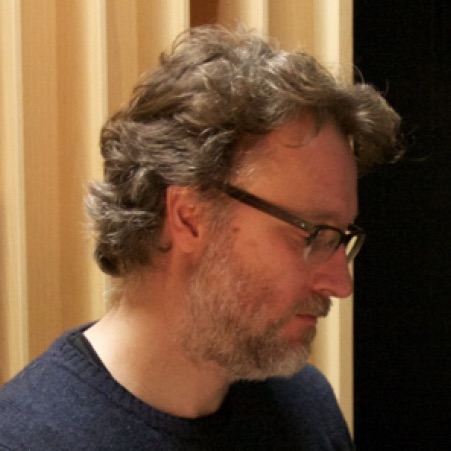








 orcid.org/0000-0002-7351-6062
orcid.org/0000-0002-7351-6062